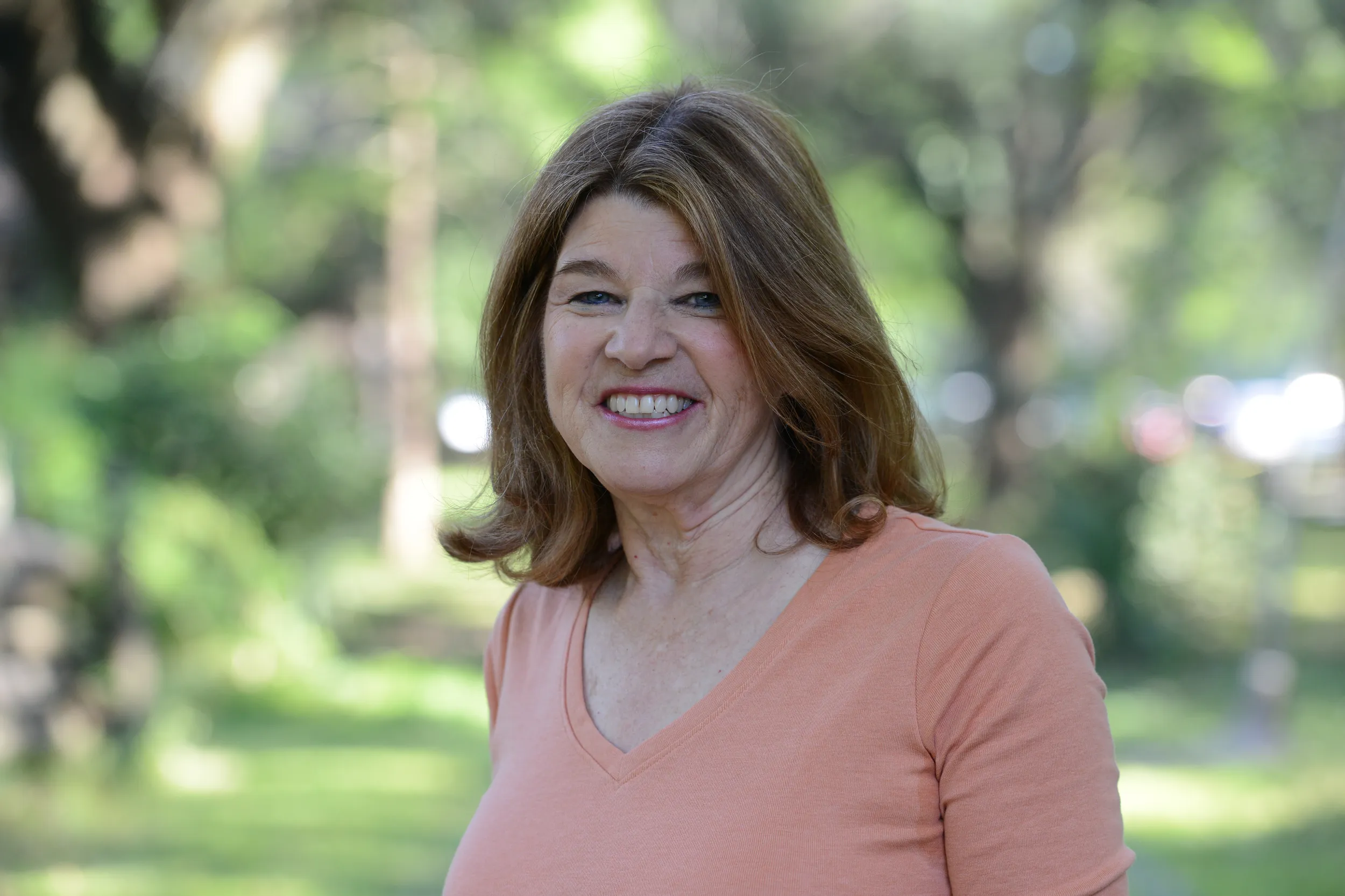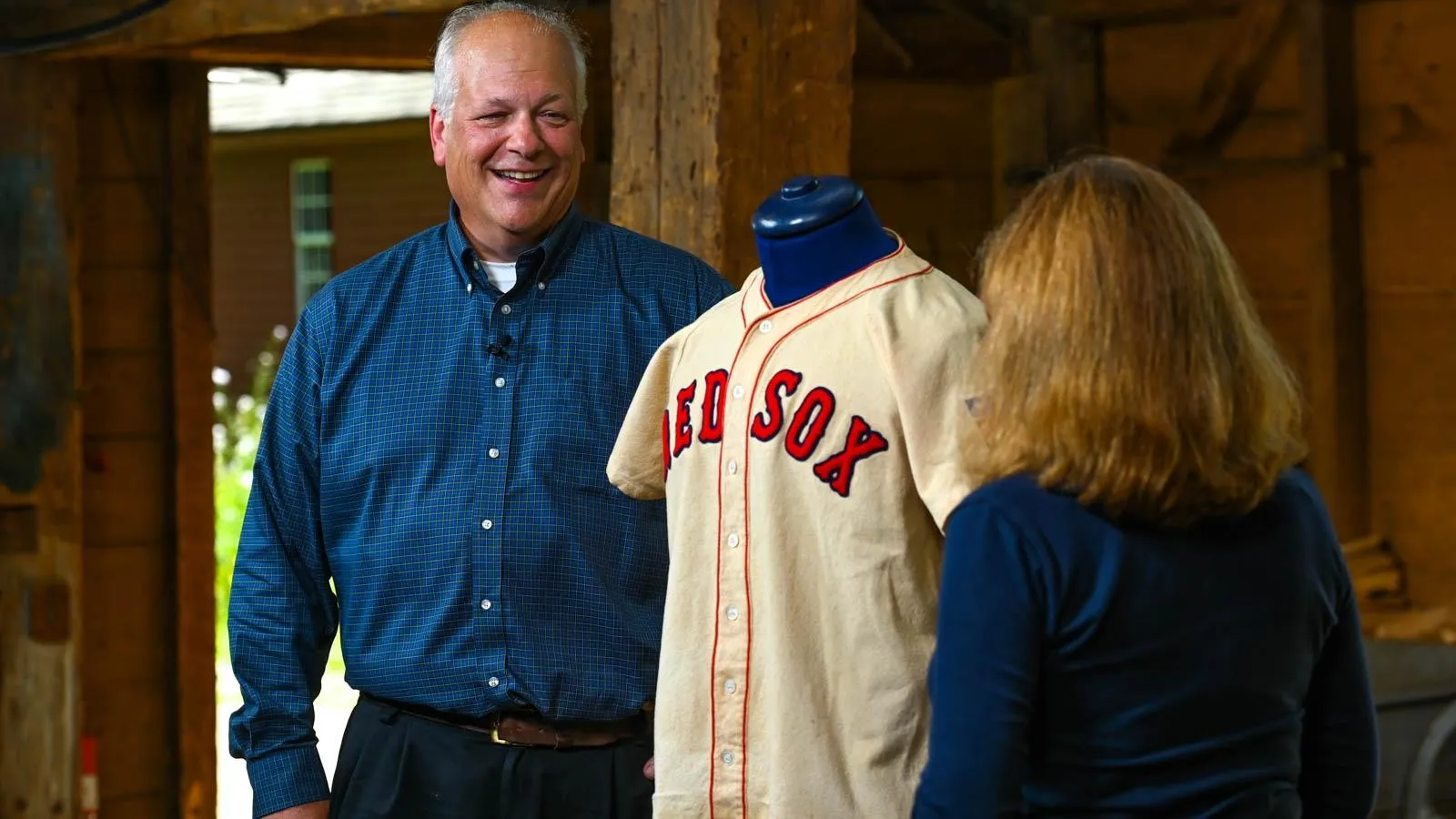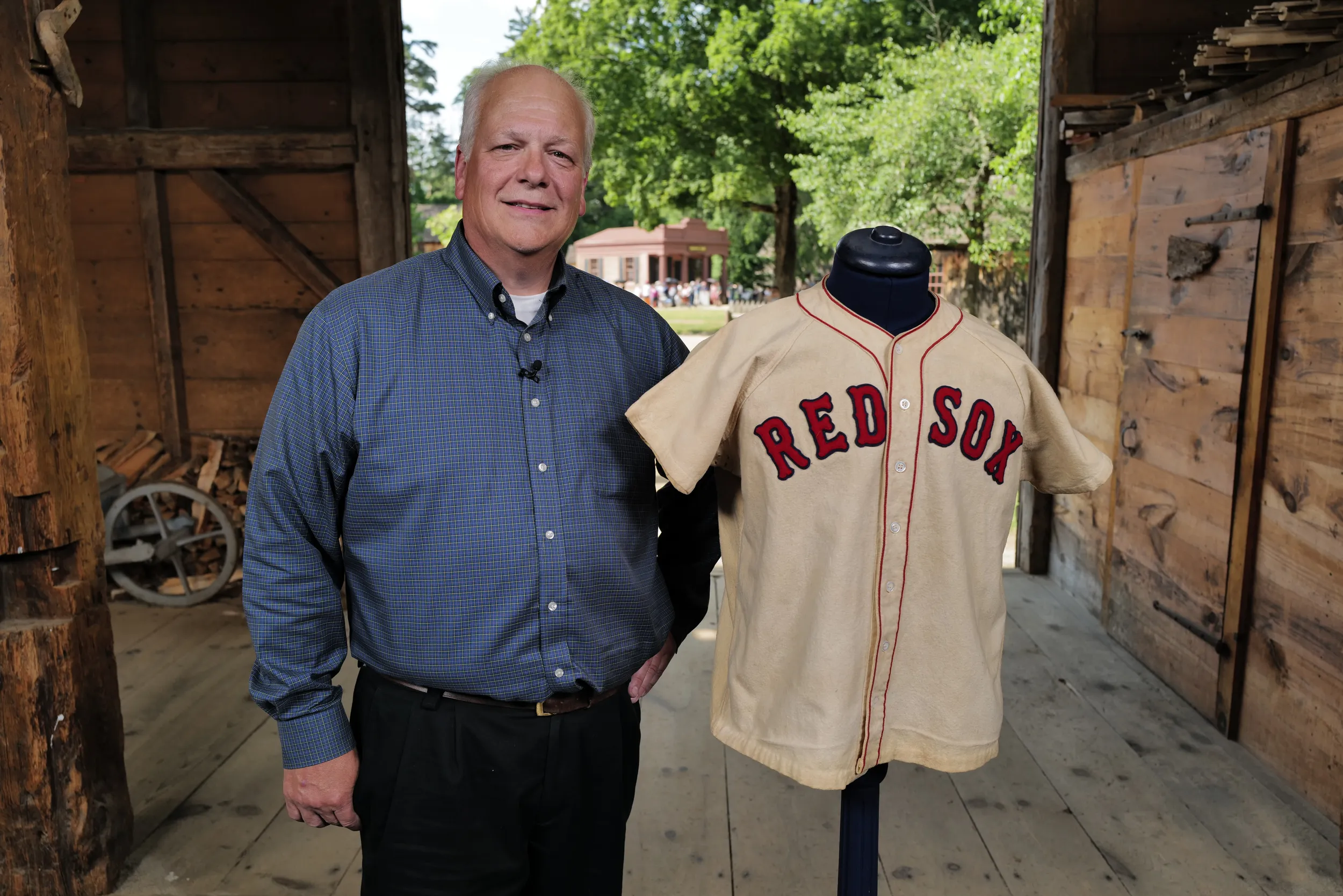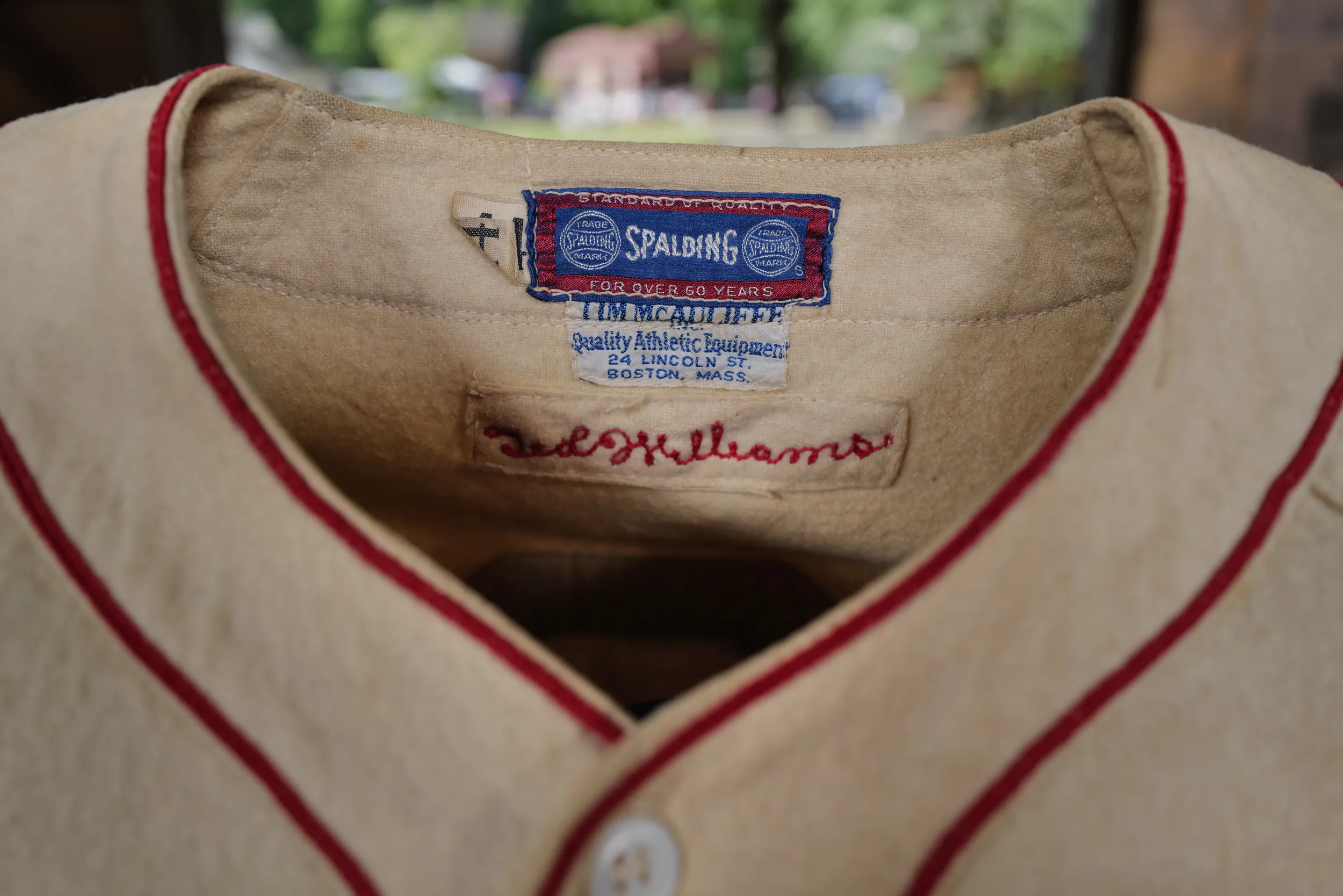GUEST: My wife's grandmother, she was a volunteer at a school, and she got friendly with a sportswriter at one of the major newspapers, and sh, Thelma loved Ted Williams.
APPRAISER: So, Jeff, tell me about your friend that you brought today.
GUEST: Well, my friend is a Ted Williams jersey.
APPRAISER: Mm-hmm.
GUEST: It was, uh, passed down to us from Grandmother, uh, who, who, uh, had a friend who was a sportswriter in Boston. He knew that she loved Ted Williams, so he got her the jersey, and, uh, as a, as a gift and thanking her for, uh, taking care of his, uh, child, so...
APPRAISER: Really?
GUEST: Yeah.
APPRAISER: How would the sportswriter have gotten this jersey, do you think?
GUEST: Well, the, the story that I was told was that, uh, he just asked Ted for a jersey, took it off his back, and gave it to him.
APPRAISER: So, was it well-known that your grandmother had a crush on, on Teddy Ballgame?
GUEST: Uh, uh... Yeah.
APPRAISER: (laughs)
GUEST: (laughing): Yeah, it was. He was quite a, quite a player, so...
APPRAISER: What year is this from?
GUEST: 1946.
APPRAISER: 1946.
GUEST: And we have on the back here Williams' number, number nine, right?
GUEST: Mm-hmm, yep.
APPRAISER: And why do you think it was from 1946?
GUEST: Uh, the patch on the sleeve is, uh...
APPRAISER: Right.
GUEST: ...the only year that that patch was, uh, on a jersey, so...
APPRAISER: Okay-- oh, interesting. What you brought in is a Ted Williams, appears to be game-worn, Red Sox home jersey.
GUEST: Mm-hmm.
APPRAISER: And the one thing that Teddy never accomplished-- Ted Williams, in his career...
GUEST: Yeah.
APPRAISER: ...was winning a World Series. He came closest in 1946, but he really changed the Red Sox. If you looked at the Red Sox after they sold Babe Ruth in 1920, the Yankees' fortunes ascended.
GUEST: Yeah.
APPRAISER: Red Sox, unfortunately, went the other way, and they end up selling off a lot more players. So when Tom Yawkey bought the team in 1933, they were pretty much in the basement of the American League East. He changed everything. He started putting money into the team, and his real coup was signing Williams from the Pacific Coast League San Diego Padres in 1939. He was the slugger of the American League. And in '42, he won the Triple Crown, which is when a hitter leads the league in batting average, home runs, and RBIs. That season, he led with 36 home runs, 137 RBIs, and a .356 batting average. '43 to '45, he went in the service.
GUEST: Mm-hmm.
APPRAISER: Serving in World War II, and came back out in '46. Left again for the Korean War in '52-'53. Came back, played until 1960. So let's talk about this. You said 1946, and that was a great year.
GUEST: Yeah.
APPRAISER: But, um, you're wrong. (chuckles)
GUEST: I'm wrong?
APPRAISER: You are wrong. This patch, actually, this "health" patch, that's from 1942.
GUEST: Oh, okay, great.
APPRAISER: And they used it for one year. So this is actually a '42 Red Sox home jersey.
GUEST: Perfect.
APPRAISER: Let's take a look at the label, because the tagging is very important to determining the year...
GUEST: Mm-hmm.
APPRAISER: ...and the authenticity of the jersey. So you see the "Williams" stitched in there, and you also see "Spalding" and "McAuliffe." That's the first year, 1942, of the label for Spalding and Tim McAuliffe. And these are all the things we have to look at.
GUEST: Mm-hmm.
APPRAISER: Another thing we look at this jersey, have there been any alterations? There are no alterations in terms of, this appears to be original, the number nine on the back appears to be original. As you can see, it appears to fit me, in terms of the length. It was definitely altered. It should be about this long. Okay?
GUEST: Oh, really? Okay.
APPRAISER: But it's still a 1942 Ted Williams, game-used, as far as we can see-- there's no red flags-- home jersey, from one of the greatest hitters of all time. It's one of the earliest Ted Williams known jerseys.
GUEST: I think it's pretty cool.
APPRAISER: It is very cool. And I have to tell you, alterations and all? I'd put an auction estimate, minimum, $200,000 to $250,000.
GUEST: Wow. That's great. Quarter-million. (chuckles) All right. What do you do with that? (chuckles)
APPRAISER: If it didn't have the alterations, it would more likely be in the $400,000 to $600,000 range.
GUEST: Wow.
APPRAISER: I would insure it for no less than half a million. $500,000.
GUEST: Damn. It's great.
APPRAISER: I don't know where the piece went, but... If we could find it. (laughs) (laughing): Put it back on.













